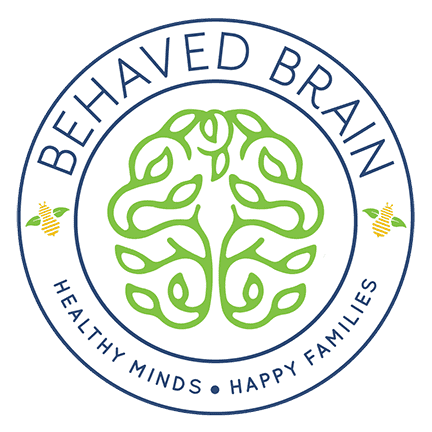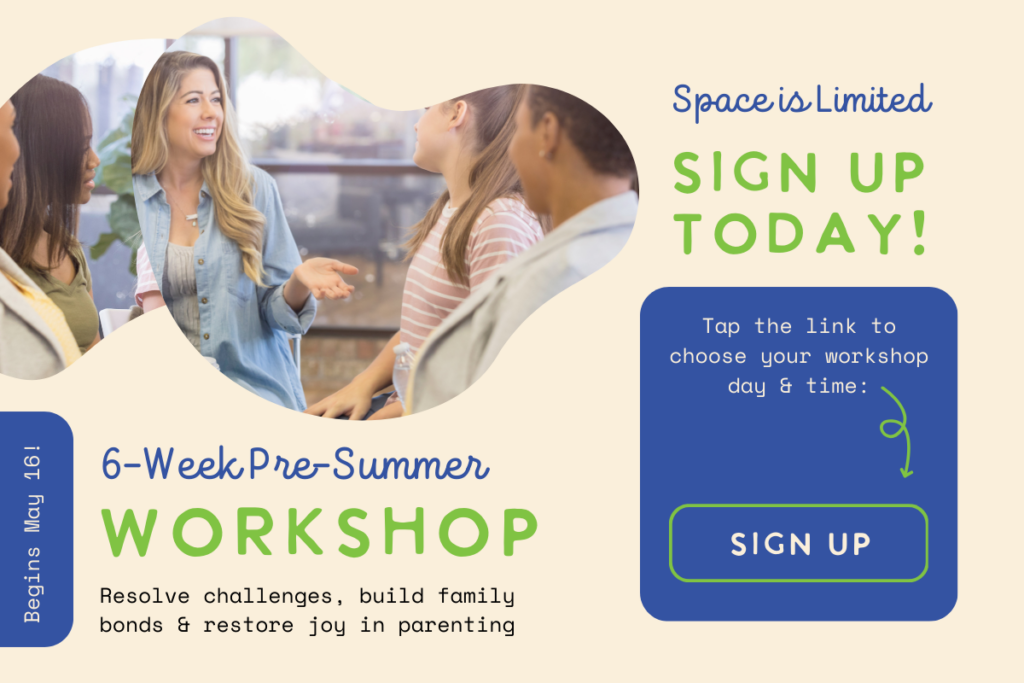Feelings and emotions affect the choices we make every day. Teaching children about their feelings can be challenging because emotions are often abstract. Think of a 4-year-old, for example. As a parent, adult, or caregiver, you may take away something from the child. The child may not understand why or how to express that they are mad. Even an 8-year old, whom you tell they have to leave the playground early, might have difficulty verbalizing how this makes them feel?
Research has shown that children who understand their emotions or feelings are less likely to throw temper tantrums and act out by aggression or defiance. By understanding their emotions, children are more likely to be mentally strong and have the coping skills to deal with what happens in life. Furthermore, this increases their confidence, especially when resolving conflict.
Understanding Feelings
We all have feelings. Sometimes good ones and other times bad. The question is, how can we talk to children about feelings? Depending on the child’s age, some strategies may be beneficial, whereas others may be more appropriate for different developmental levels. For example, think of a situation where your child was mad, sad, or angry. How did you respond?
A child who, let’s say, is between the ages of 4 and 6 could benefit from labeling feelings. Obviously, at that moment, when they are angry or sad, it may not be the perfect time to pause and label that exact moment. But during that initial moment when you notice their emotions, it is an ideal time to empathize with them. The child may not want to talk about what has caused these emotions. However talking about other people’s feelings teaches empathy.
With younger children, labeling feelings could be something they have yet to understand. However, as caregivers, we can model using feeling words in their everyday vocabulary. For example, “I notice you are sad, that you don’t want to share your toys with your sister today,” “I bet she feels sad too.” Over time, if you can practice using feeling words, asking about your child’s feelings, and talking about the things that influence their feelings, it teaches children to be more aware of their feelings and others around them.
Coping Strategies
Another way we can educate children about feelings is by teaching them coping strategies. According to research, we can teach children healthy ways to deal with being sad or angry. Often children don’t know what to do when they feel mad or sad, and as a result, we see aggressive or attention-seeking behaviors.
To teach them coping strategies, we can role-play scenarios with even our own situations that may make us mad. For example, in the car, another car cut us off. It may be a perfect time to verbalize your frustration or anger and show a healthy response to that. Maybe that would be taking deep breaths, which helps the child visually see and learn how you behave when you are angry. The next time they are mad or sad, they might find themselves thinking about how you respond and how they might respond. When they start to respond healthier to situations, it is essential to reward them for that behavior. The reward provides an increased likelihood for the child to continue the behavior in the future.
I know it is easier said than done, but these are some ways you can attempt to try out with your child at home or in real-life scenarios. First, you can start small. Try to even read a book with your child, identify a character’s feelings in the book, and talk about them. Familiarizing your child with identifying and talking about their feelings, your feelings, and the feelings of others. It is the first step to promoting health awareness and emotional regulation.

